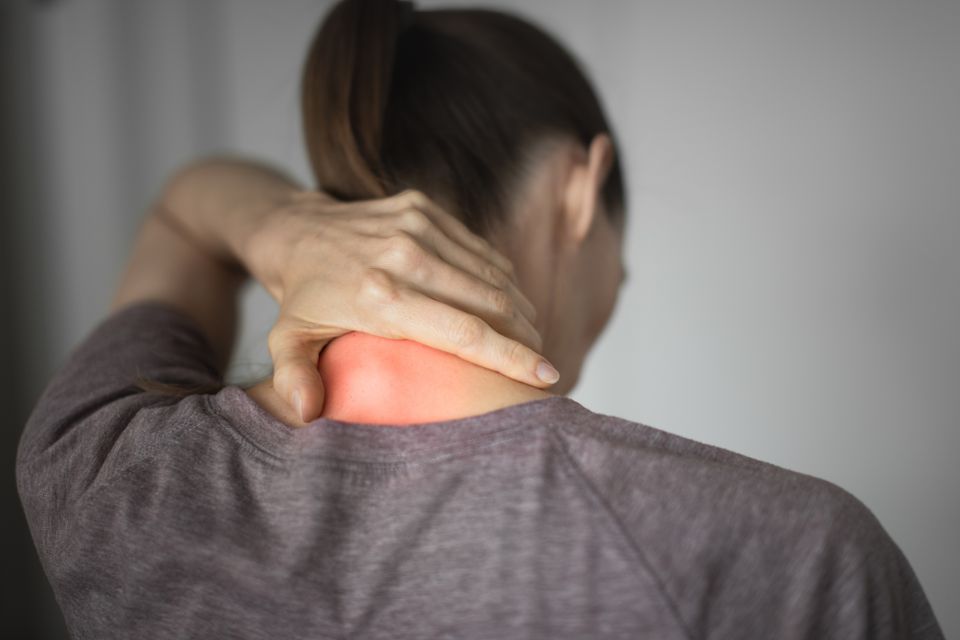Radiculopathy: Definition, Symptoms, and Pinched Nerve Treatments
May 7, 2025
As a board-certified and spine surgeon, Dr. Oberlander sees patients daily who are struggling with the effects of a pinched nerve, also known as radiculopathy. Whether it starts as a tingling sensation in the fingers or a sharp pain shooting down the leg, this condition can quickly disrupt your daily life and mobility.
Radiculopathy is not just “a sore neck” or “a little back pain”; it’s a sign that a spinal nerve is being compressed, and the body is trying to tell you something important.
What Exactly Is Radiculopathy?
Radiculopathy occurs when a nerve root coming off the spinal cord becomes compressed or irritated. This compression can happen in the cervical spine (neck) or lumbar spine (lower back), and the symptoms vary depending on the location.
- Cervical radiculopathy often causes pain, numbness, or weakness radiating into the shoulder, arm, or hand.
- Lumbar radiculopathy, which many people know as sciatica, typically affects the lower back, buttocks, and legs.
Regardless of the type, the underlying issue is usually nerve root compression, and if left untreated, it can worsen over time.
Common Symptoms Seen in Patients
The symptoms of a pinched nerve are often unmistakable, and Dr. Oberlander advises patients to watch out for any of the following:
- Radiating, burning, or “electric” pain
- Numbness or tingling in the arms, hands, legs, or feet
- Muscle weakness or loss of coordination
- Increased pain with certain movements, like turning your head or bending forward
- A sense that your limb feels “asleep” or clumsy
These symptoms often start subtly and intensify with time, especially without proper treatment.What’s Causing the Nerve to Get Pinched?
The most common causes of radiculopathy seen in clinical practice include:
- Herniated discs pressing directly on nerve roots
- Degenerative disc disease, where the natural cushioning in the spine wears down
- Spinal stenosis, a narrowing of the spinal canal
- Bone spurs from arthritis
- Trauma from accidents or falls
- Less commonly, tumors or cysts compressing the nerve
While age and wear-and-tear are frequent culprits, radiculopathy can occur in younger patients too, especially after an injury or repetitive strain.
Oberlander’s Approach Radiculopathy Treatment
The preferred approach is to begin with non-surgical treatments whenever possible. Surgery is considered only after conservative methods have been exhausted and symptoms persist or worsen.
Non-Surgical Radiculopathy Treatments:
- Physical therapy to improve strength, posture, and flexibility
- Anti-inflammatory medications to reduce nerve swelling
- Epidural steroid injections to target inflammation right at the source
- Activity modification and ergonomic changes at work or home
These approaches help many patients avoid surgery altogether. If your pain persists beyond 6–12 weeks—or worsens despite conservative care—it’s time to talk about surgical options.
Oberlander specializes in minimally invasive and robotic-assisted spine surgery, which allow him to treat the source of the nerve compression with less trauma to surrounding tissue.
- Microdiscectomy – removing part of a herniated disc
- Laminectomy – relieving pressure by widening the spinal canal
- Spinal fusion – stabilizing unstable segments of the spine
These surgeries are often performed on an outpatient basis and offer shorter recovery times than traditional open surgery.
Our Advice? Don’t Ignore a Pinched Nerve.
Radiculopathy is more than just an annoyance, it’s the body’s way of saying something isn’t right. The earlier the cause is identified and treated, the better the chances are of avoiding long-term nerve damage or more invasive treatments.
If you’re struggling with pain, numbness, or weakness that won’t go away, schedule a consultation as soon as possible. Dr. Oberlander works closely with patients to determine the most appropriate path forward, whether that involves physical therapy, advanced imaging, or, if necessary, surgery using the latest minimally invasive techniques.


